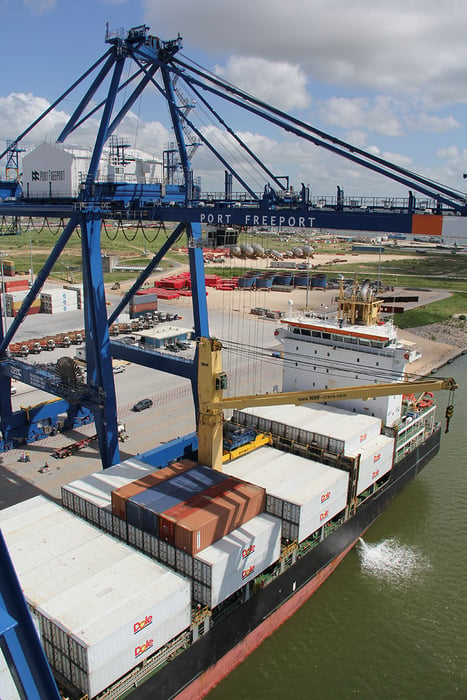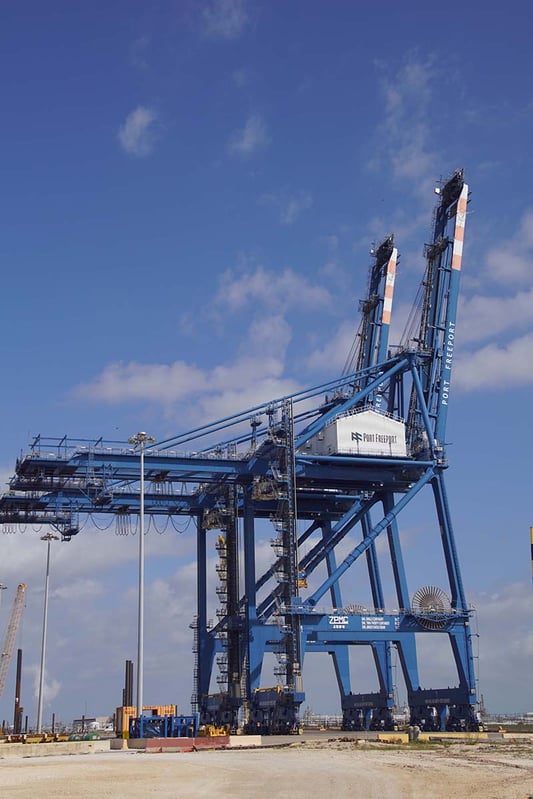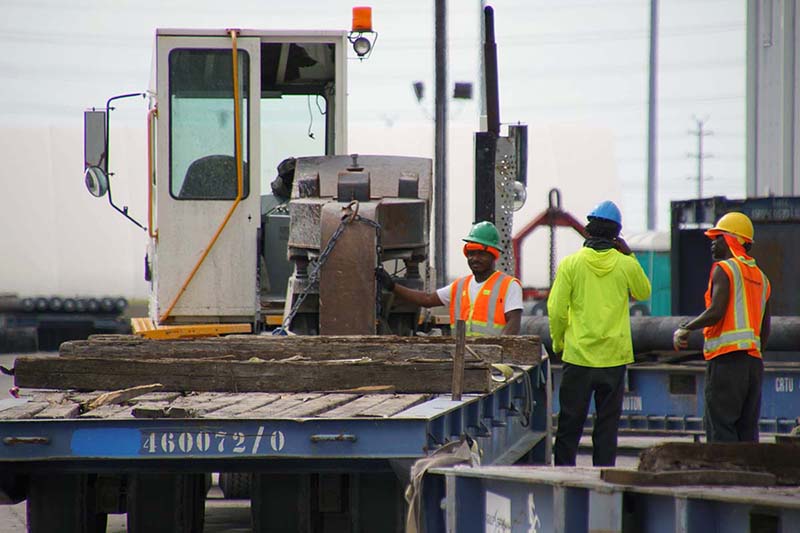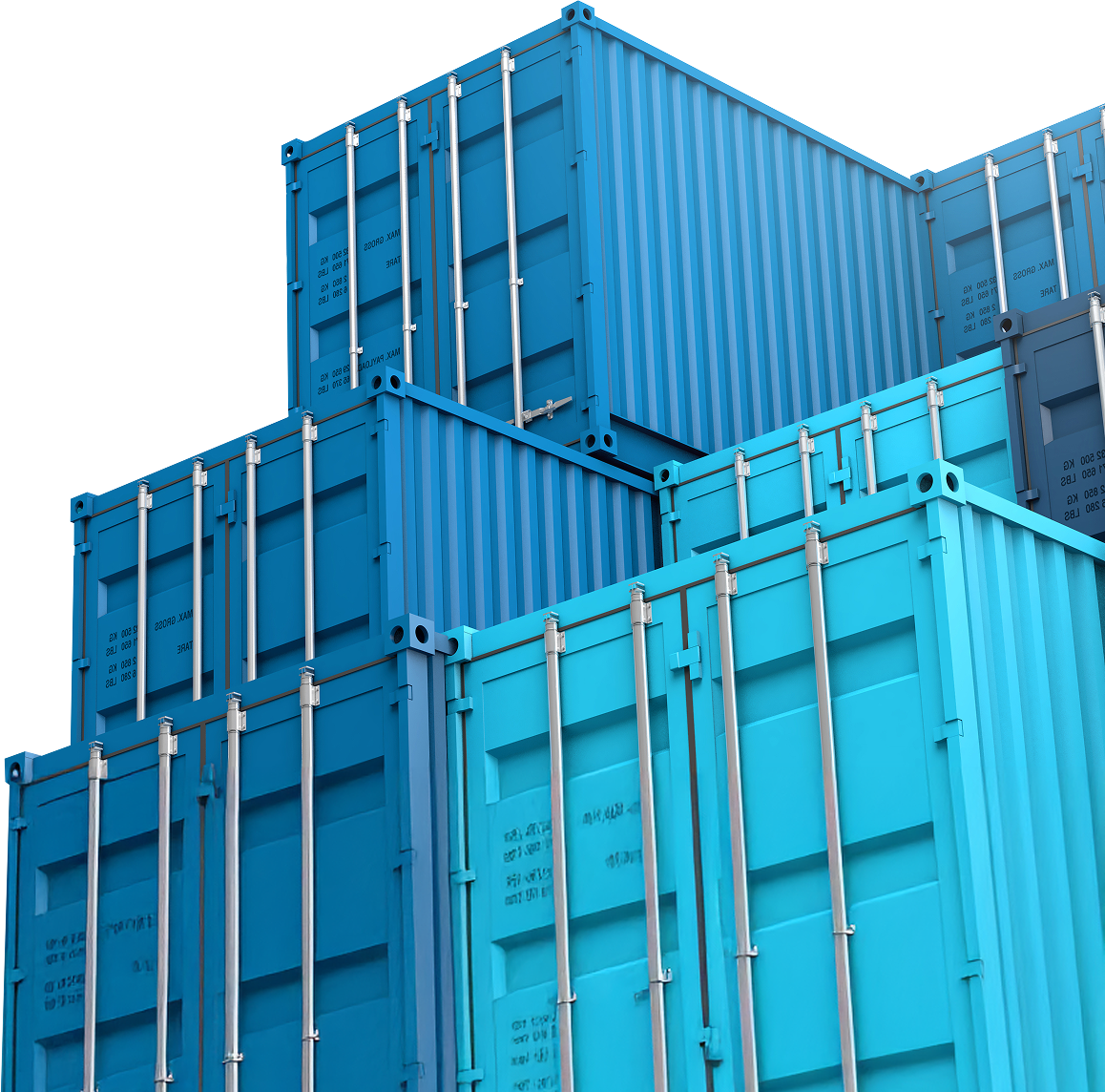About
Port Freeport Centennial
Port Freeport: A Century of Maritime Excellence and Global Trade
For 100 years, Port Freeport has stood at the forefront of maritime trade, industrial expansion, and economic prosperity. Established in 1925 as the Brazos River Harbor Navigation District, this deep-water port has transformed from a visionary initiative into one of the nation’s fastest-growing gateways for global commerce. As Port Freeport celebrates its centennial milestone, we honor its rich history, pivotal achievements, and enduring commitment to innovation and economic growth.


A Vision for the Future, Rooted in History
The story of Port Freeport dates back to the early 19th century, when Stephen F. Austin, the “Father of Texas,” first recognized the strategic potential of the Brazos River as a deep-water port. Over the decades, despite challenges such as hurricanes and severe flooding, early settlers and business leaders remained steadfast in their efforts to establish a sustainable harbor that would support economic growth in Brazoria County and beyond.
In 1925, local citizens took bold action, voting to create the Brazos River Harbor Navigation District and approving a $1 million bond to divert the Brazos River, laying the foundation for the modern port. The completion of the Diversion Channel in 1929 enabled large-scale dredging and federal investment, securing Port Freeport’s place in international trade. By 1936, the first public dock facilities were operational, marking the beginning of the port’s transformation into a global shipping hub.

Port Freeport as a Hub of Industry and Innovation
Port Freeport’s growth accelerated in the 1940s, when The Dow Chemical Company established its first major chemical complex along the port’s waterfront. During World War II, the port played a critical role in the nation’s defense by supporting aviation fuel production and strategic shipping operations. Following the war, industrial giants such as Phillips 66, BASF, Freeport LNG, Enterprise Products Partners, Chiquita, Dole, and Volkswagen Group of America established operations at the port, reinforcing its reputation as a premier gateway for energy, petrochemicals, and global supply chains.
By the early 2000s, Port Freeport had become a powerhouse of international commerce. In 2007, it officially adopted the name Port Freeport, reflecting its expanded role in global trade. Today, the port ranks among the top U.S. ports:
- 10th in foreign waterborne export tonnage
- 14th in total foreign waterborne tonnage
- 6th in chemical exports
- A leader in automobile imports, breakbulk cargo, and containerized trade
Unparalleled Infrastructure and
Strategic Expansion in Port Freeport
Over the past century, Port Freeport has continuously invested in infrastructure to meet the evolving needs of global shipping. The Velasco Container Terminal, featuring more than 1,725 linear feet of container berths and a 90-acre storage area, provides world-class logistics capabilities. With 7 miles of rail infrastructure, over 200 acres of vehicle processing facilities, and state-of-the-art cargo-handling technology, the port is designed for efficiency, speed, and scalability.
A landmark achievement came in 2018, when voters approved a $130 million bond to fund the Freeport Harbor Channel Improvement Project, a $295 million initiative to deepen the channel to 56 feet. Backed by federal funding and support from the U.S. Army Corps of Engineers, this project—set for completion in 2025—will make Port Freeport the deepest port in Texas, enhancing its ability to accommodate larger vessels and expand global trade partnerships.
Port Freeport’s Economic Impact and a Sustainable Future
Port Freeport is a vital economic engine for Texas and the United States, generating a staggering $157.3 billion in annual economic impact and supporting over 266,000 jobs nationwide. Its strategic location, efficient operations, and industry partnerships have positioned it as a key player in energy exports, containerized trade, and industrial development.
In 2024, the port reached a historic milestone by adopting a zero-tax rate, operating as a self-sustaining entity for the first time in its history. This achievement underscores Port Freeport’s financial strength and commitment to responsible governance.
Beyond economic success, Port Freeport remains dedicated to environmental stewardship and sustainability. Investments in green infrastructure, emissions reduction, and operational efficiency ensure that the port continues to serve global trade while preserving natural resources for future generations.


Celebrating 100 Years of Excellence at Port Freeport
As Port Freeport embarks on its next century of growth, it is still guided by the same pioneering spirit that led to its creation in 1925. From its origins along the Brazos River to its position today as a leader in global commerce, the port’s journey is a testament to vision, resilience, and innovation.
Join us as we celebrate 100 years of maritime excellence and look ahead to a future defined by continued expansion, economic prosperity, and a commitment to shaping the future of trade.
Port Freeport: Connecting Texas to the World for a Century—And Beyond.
